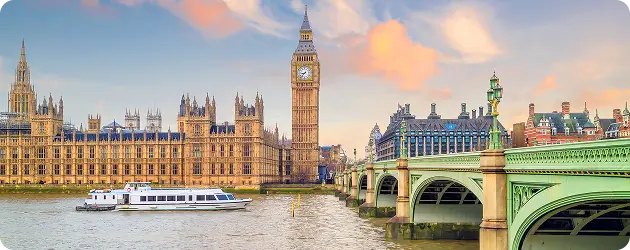We have been working with Liferay platform ever since the release of Liferay 3.6 for developing enterprise web applications and over this time , not only we have seen the platform evolve and grow significantly with each release, it has also been recognized as a leader in the “Magic Quadrant for Horizontal Portals”– an yearly publication from Gartner ( A leading IT research firm), for the fifth year in a row.
With introduction of Liferay Digital Experience Platform (DXP) 7, creation of custom themes became a complex process, compared to Liferay 6.2 where themes can be easily created using Liferay developer studio and Eclipse.
Therefore in this blog, we have provided a step by step guide for creating your own custom theme for Liferay 7.0.
Mainly 3 steps are included:
- Prerequisite (i.e. environment) to start theme development
- Steps to build theme.
- Deploy theme
Setup of Liferay Theme
Theme generator has few inline dependencies. To make theme generator work, you need to follow following steps to resolve its dependencies.
- Uninstall latest version of node & Ruby and Rails if installed
- Install Node v4.2.2 via this link
- Open the Command Prompt and Check the node version,
=> Type command –





 Once you get message “Finished ‘build’ after 17 s” type:gulp deploy
Once you get message “Finished ‘build’ after 17 s” type:gulp deploy


 4 mins
4 mins











 Talk to Our
Consultants
Talk to Our
Consultants Chat with
Our Experts
Chat with
Our Experts Write us
an Email
Write us
an Email





